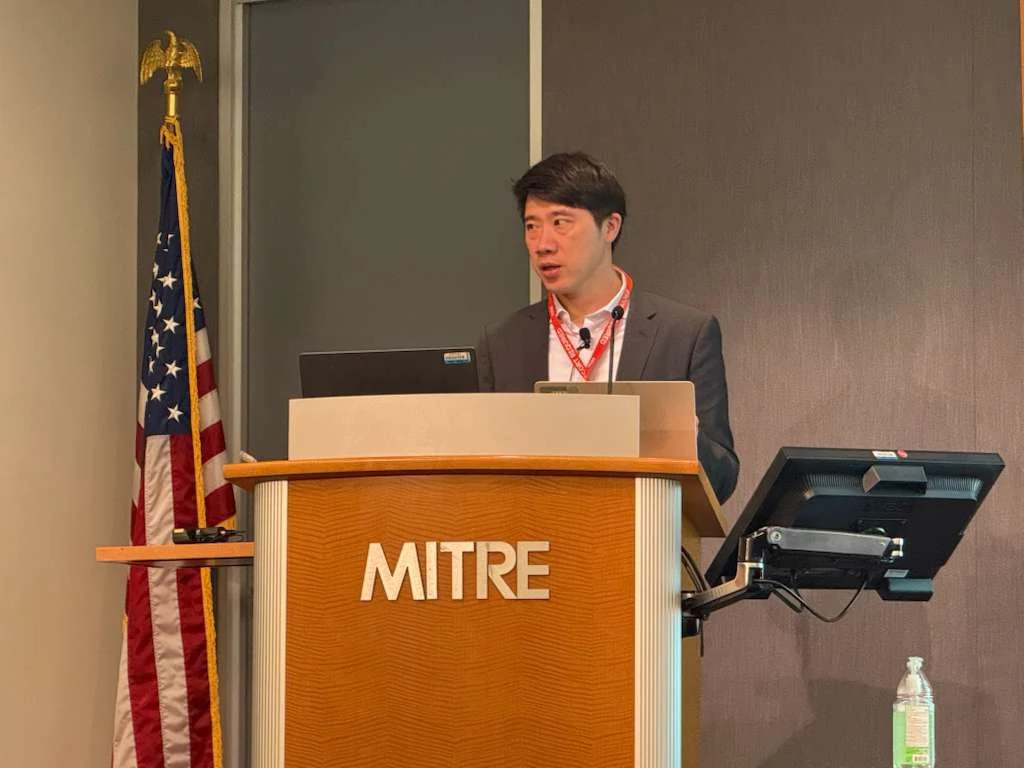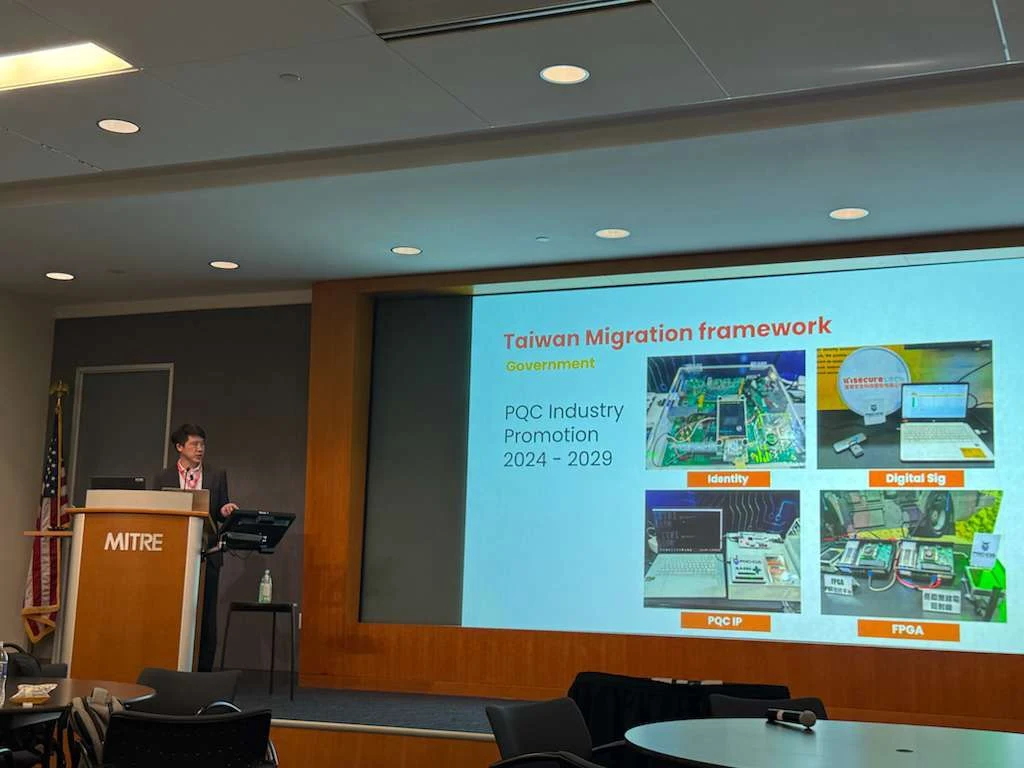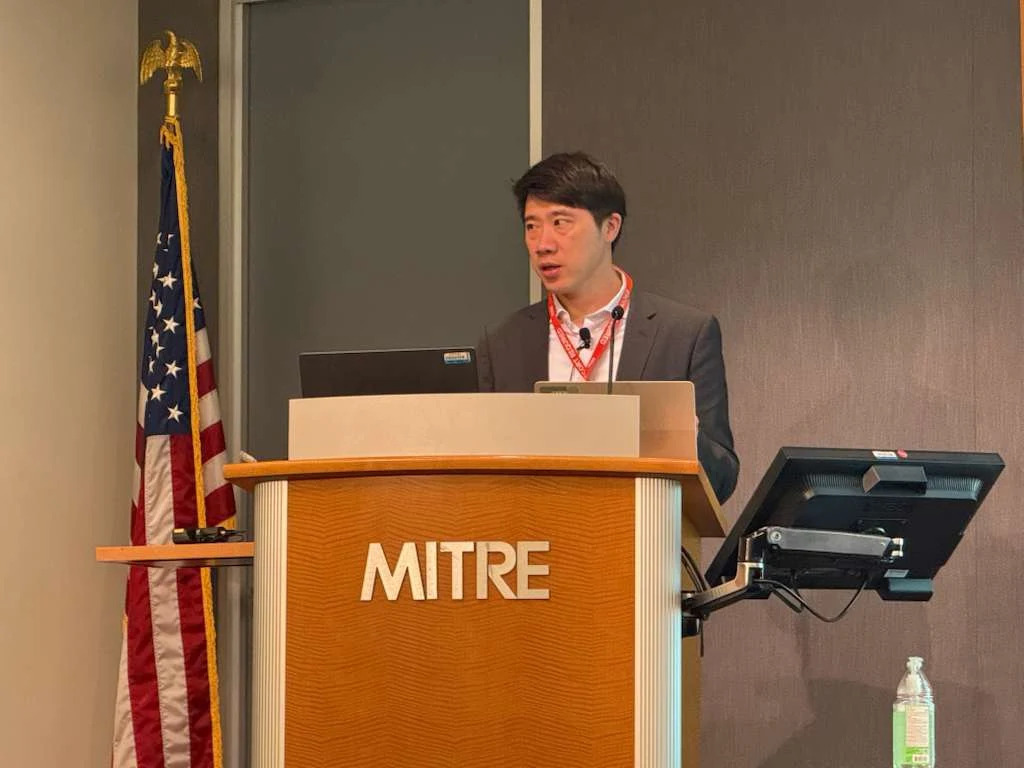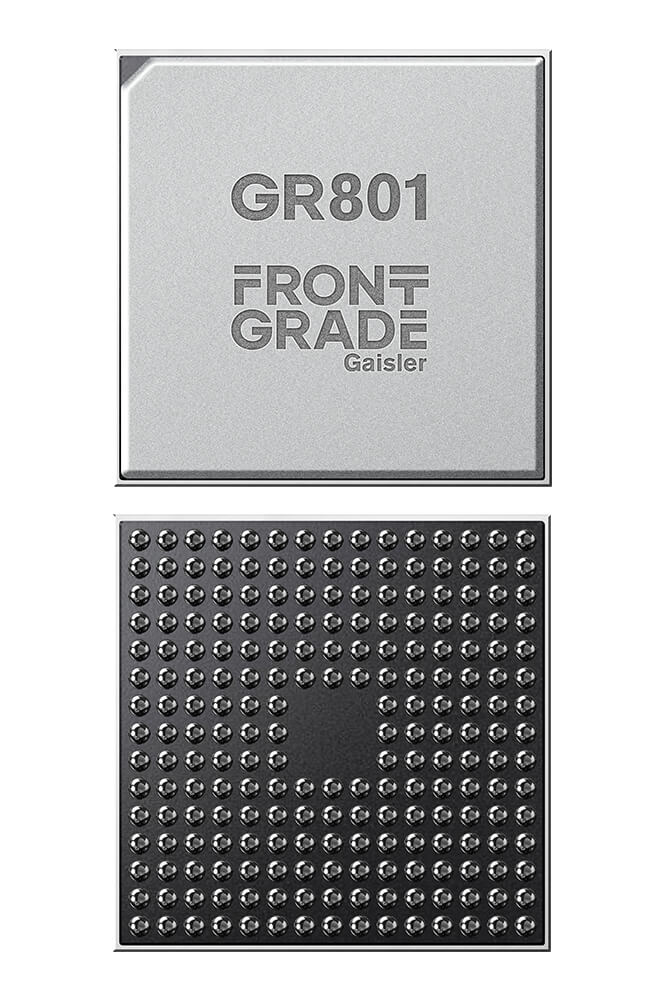Pom down under
Top 20
But will it ever be better than you?FFS. They're Gunna take my job.
SC
But will it ever be better than you?FFS. They're Gunna take my job.
SC
- One bot to fold my fitted sheets.
- One bot to empty my cat's litter tray.
- One bot to laugh at my jokes.
- One bot to massage my bunions.
- One bot to fight my other bots when they try to unionise.
- One bot to match all my tupperware lids to their containers
- One bot to listen to me while I vent about the BRN share price.
- And one bot to cut my hair.
PS: I was going to add one bot to pressure-wash my muddy drive-way, but I don't want to get a dirty botty.
View attachment 92615
That site has no less than 39 results when I search: AkidaBrainchip gets a mention below concerning SONY. It looks more like they benchmark against us and intend to go with their own?????
Its not clear.
Read the link. It could all be crap anyway. Are they suggesting that they are better than AKIDA? As far as i know Sony has not 'invented' their own Neuromorphic Edge AI with on chip learning.
Certainly if Sony's chip needs a brain it needs AKIDA.

Sony Group Corporation (NYSE:SONY) - NeuromorphicCore.ai
This emerging technology is on the verge of a breakout. Over the past decade, rapid advancements have quietly built momentum, offering early adopters—investors, innovators, and enthusiasts—a chance to ride the wave before it goes mainstream. From revolutionizing robotics and cybersecurity to...neuromorphiccore.ai
"More on the Technology
Sony’s Event-Based Vision Sensors (EVS) deliver <1 µs latency and <10 mW power, processing only dynamic events for 10x efficiency over traditional CMOS sensors, ideal for high-speed applications like autonomous driving and robotics. The IMX500 AI chip provides 40 TOPS, enabling on-device intelligence with 5x lower power than GPUs for tasks like object detection. Compared to BrainChip’s Akida (40 TOPS/W), Sony’s EVS excels in vision-specific tasks, achieving 1,000 fps equivalent processing. SPAD sensors enhance low-light performance, detecting single photons for neuromorphic vision, making them suitable for healthcare imaging and industrial automation."

 neuromorphiccore.ai
neuromorphiccore.ai
In all sence and purpose we should be seeing some good financial results end of of Jan imo with some announcements in the mix. As Sean stated from now.Gidday,
For the newer shareholders you may not be aware that back in around 2018 a big player from South Korea was reportedly doing a deep dive into Peter's brilliant architecture, we assumed it may have been Samsung, some other players were mentioned as potentially showing interest in neuromorphic computing, now as the pace has really accelerated within this sector we are only now truly witnessing how advanced, firstly Peter and then his mate in crime, Anil were leading this very disruptive technology.
As Sean has stated after being challenged by the female interviewer recently, he confidently states " just you watch us"..June 2026 mentioned 10 months ago, 8 months to go and the Australian shareholders will be commencing their individual state party celebrations, as the first part of our share price starts with the word "dollar" but which number is the question.
Purely my biased opinion.
Love Akida
Tech





Post in thread 'BRN Discussion Ongoing' https://thestockexchange.com.au/threads/brn-discussion-ongoing.1/post-477102There is an interesting video uploaded 3 days ago on youtube by the UK Neuromorphic Centre, where the the Minister for Science, Innovation, Research and Nuclear, addresses the launch of the UK Multidisciplinary Centre for Neuromorphic Computing. Great to hear about other countries investing in research and understanding of neuromorphic computing and the challenges that the technology may overcome.

AutoPerspectives News Roundup: Oct 20, 2025 | Pete Bernard
Mercedes has introduced a concept car which is perhaps the first instance of an automobile to use #neuromorphic computing - definitely the shape of things to come! #edgeai #automotive Sumeet Kumar Steve Brightfield EDGE AI FOUNDATION https://lnkd.in/gY94A3vwwww.linkedin.com
View attachment 92630 View attachment 92631
Chelpis leading the way in Quantum:
Chelpis presents Taiwan’s post-quantum cryptography migration framework
Taiwan cybersecurity firm presents strategy at MITRE conference in US
Oct. 30, 2025 13:04

Chelpis founder and CEO Chih Ming-yang speaks at MITRE conference. (Chelpis photo)

Sean Scanlan
Taiwan News, Staff Writer
1263
TAIPEI (Taiwan News) — Chelpis Founder and CEO Chih Ming-yang (池明洋) delivered a keynote speech on Taiwan’s post-quantum cryptography (PQC) migration framework at the MITRE PQC Forum on Monday in McLean, Virginia.
Chih became the first Taiwanese corporate leader invited by MITRE to speak on PQC migration. His address focused on securing the global semiconductor supply chain, underscoring Taiwan’s growing role in advancing cybersecurity and quantum-safe technologies, per a press release.
He said Taiwan’s government has designated PQC as a key national technology and integrated quantum decryption risks into its national cybersecurity strategy. Led by the Ministry of Digital Affairs, a five-year PQC promotion plan was launched in 2024. The Financial Supervisory Commission is also preparing quantum security guidelines for the financial sector to accelerate quantum-safe migration across banks and financial services.
Chih emphasized that Taiwan’s semiconductor industry, responsible for nearly 70% of the global market, is moving aggressively toward PQC adoption. Chelpis, with more than a decade of PQC research and development, has been active in international cryptographic standardization efforts. Its PQC modules have been recognized by the Linux Foundation and certified under the US National Institute of Standards and Technology Cryptographic Algorithm Validation Program.
Chih delivers speech on Taiwan PQC migration framework. (Chelpis photo)
These modules support ML-KEM and ML-DSA algorithms, which secure applications in AI data centers, drones, and robotics. Across Taiwan, dozens of chip design companies are developing PQC-enabled next-generation systems, aiming for full quantum-safe upgrades by 2027 to meet the EU Cyber Resilience Act and US cybersecurity regulations.
Following his keynote, Chih joined the “Aligning International Practices” panel with representatives from the US Department of State and the MITRE PQC Coalition to discuss cross-border PQC policy and standards alignment.
Through its Quantum Safe Migration Center, Chelpis is aligning with NIST FIPS 203/204/205 standardization and has formed alliances with Riscure, SGS, Brightsight, TUV, and Applus+. These collaborations strengthen Side-Channel Attack (SCA) and Fault Injection (FI) testing capabilities, helping build a robust chip security validation ecosystem.
After the forum, the US National Cybersecurity Center of Excellence invited Chelpis to participate in major PQC implementation projects, further boosting the company’s PQScan and PQTunnel products in global markets.
Chih also announced that Taiwan will host the Real World Crypto 2026 conference in Taipei from March 9–11, marking the first time the world’s leading cryptography conference will be held in Taiwan.
“Taiwan sincerely welcomes the global community to witness our progress in PQC research, policy, and deployment,” said Chih. “With semiconductors at its core, Taiwan is shaping the future of global quantum security.”
Founded in 2017, Chelpis Quantum Corporation specializes in post-quantum cryptography technologies, migration frameworks, and quantum-secure chip design. Through its QSMC, the company collaborates with the MITRE PQC Coalition, Linux Foundation PQCA, and Academia Sinica to enhance the cybersecurity resilience of semiconductors, drones, robotics, and AI systems.
“PQC migration is not just a technological challenge; it is a global cybersecurity collaboration,” Chih said. “Chelpis is proud to help lead the world toward a quantum-secure era.”

Chelpis presents Taiwan’s post-quantum cryptography migration framework | Taiwan News | Oct. 30, 2025 13:04
Taiwan cybersecurity firm presents strategy at MITRE conference in US | Oct. 30, 2025 13:04www.taiwannews.com.tw

BrainChip Collaborates with Chelpis-Mirle on Security Solution
BrainChip teams with Chelpis and Mirle to deliver next-generation security solutions powered by low-power, adaptive edge AI capabilities.brainchip.com



 www.gaisler.com
www.gaisler.com
This was found by someone on the other place, poster rayz.
The short video in the link is very interesting, NikungJ Kotecha seems to be a very smart guy.

#brainchip #tenns1b #edgeai #akida #embeddedworld #ai #innovation #halloween #embeddedai #edgecomputing #aiinnovation #smarttechnology #realtimeai #datadriven #techshowcase #anaheimevents… | BrainChip
🎃 This Halloween, intelligence comes alive on the edge 👻 At embedded world North America 2025, we're showcasing TENNS 1B, our state-space model built for the Akida platform. Designed for real-time reasoning and efficient edge performance, it proves that true intelligence doesn't need the cloud...www.linkedin.com
